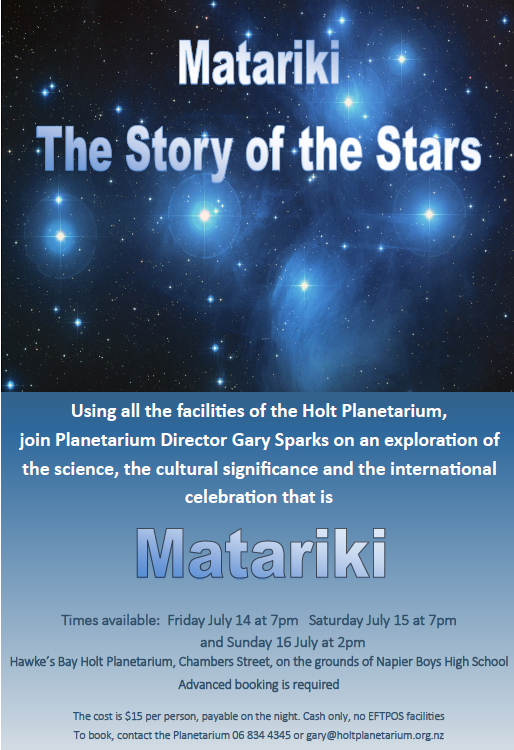
14, 15, 16 July: 2023 Matariki event organised by Holt Planetarium



More Home Truths
The impact of housing research on health policy
Professor Howden-Chapman, Otago University and Fellow of the Royal Society of New Zealand
Date: 6pm, Tuesday, 20 June, 2023
Venue: Napier War Memorial Conference Centre, 48 Marine Parade Napier
Organiser: Royal Society Te Apārangi
Reserve your place: Click Here.

Continuing her quest for healthy homes and housing affordability, Distinguished Professor Philippa Howden-Chapman FRSNZ will deliver the prestigious Rutherford Lecture.
Under Professor Howden-Chapman’s inspirational leadership, He Kāinga Oranga’s research has shown how straightforward housing improvements to cold, damp and unsafe conditions can significantly reduce rates of infectious, respiratory and cardiovascular disease and deaths, particularly for children and older people.
This research and its studies have influenced public policy innovation and implementation, and been rated as outstanding examples of housing intervention research internationally, winning recognition in the British medical Journal and being profiled by the British Medical Council as an outstanding example of how to evaluate complex interventions.
In this lecture, Professor Howden-Chapman focuses on the priorities for housing at a time of cost-of-living pressure and stretched markets, and recent weather events in Aotearoa New Zealand.
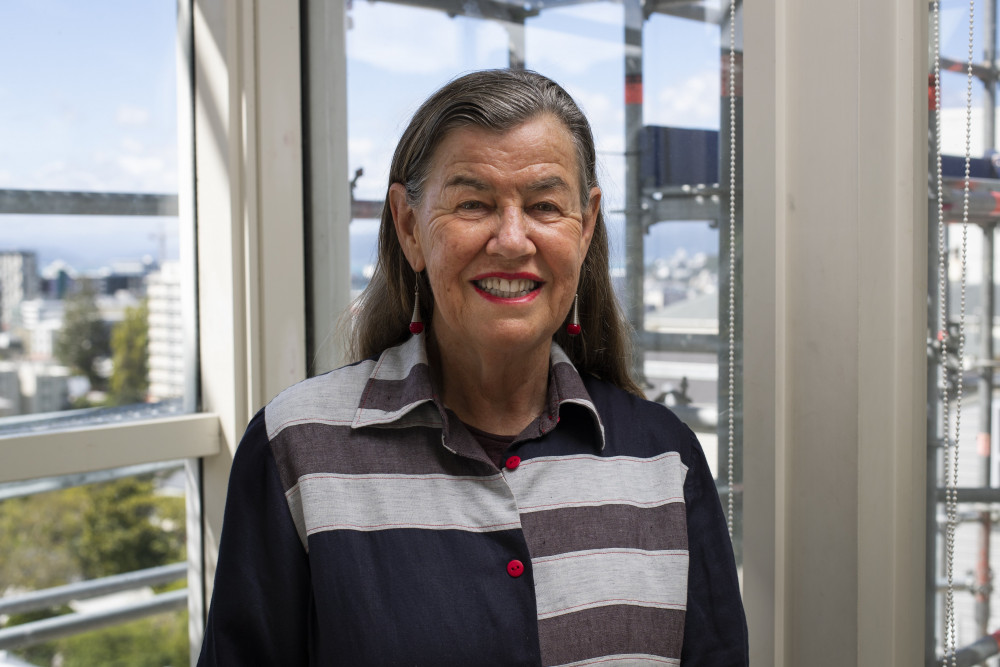
Professor Philippa Howden-Chapman, sesquicentennial distinguished professor of public health at the University of Otago, Wellington, is co-director of He Kāinga Oranga/ Housing and Health Research Programme, Director of the NZ Centre for Sustainable Cities and the WHO Collaborating Centre on Housing and Wellbeing. She conducts randomised community housing trials in partnership with local communities, which have had a major influence on housing, urban policy and health. Her work focuses on reducing inequalities in the determinants of health and wellbeing. She is a director on the board of the Crown Agency Kāinga Ora – homes and communities, a fellow of the Royal Society Te Apārangi and former chair of the International Science Council Committee, Urban Health and Wellbeing: a systems approach. She has received numerous awards, including the Prime Minister’s Science Team Prize and the Royal Society of NZ Rutherford Medal. She was awarded a Queen’s Service Order and the Companion of the NZ Order of Merit for contributions to public health.
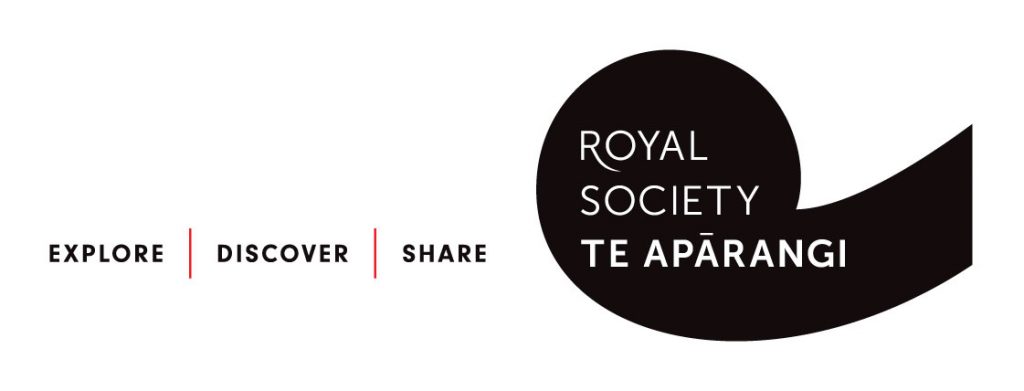
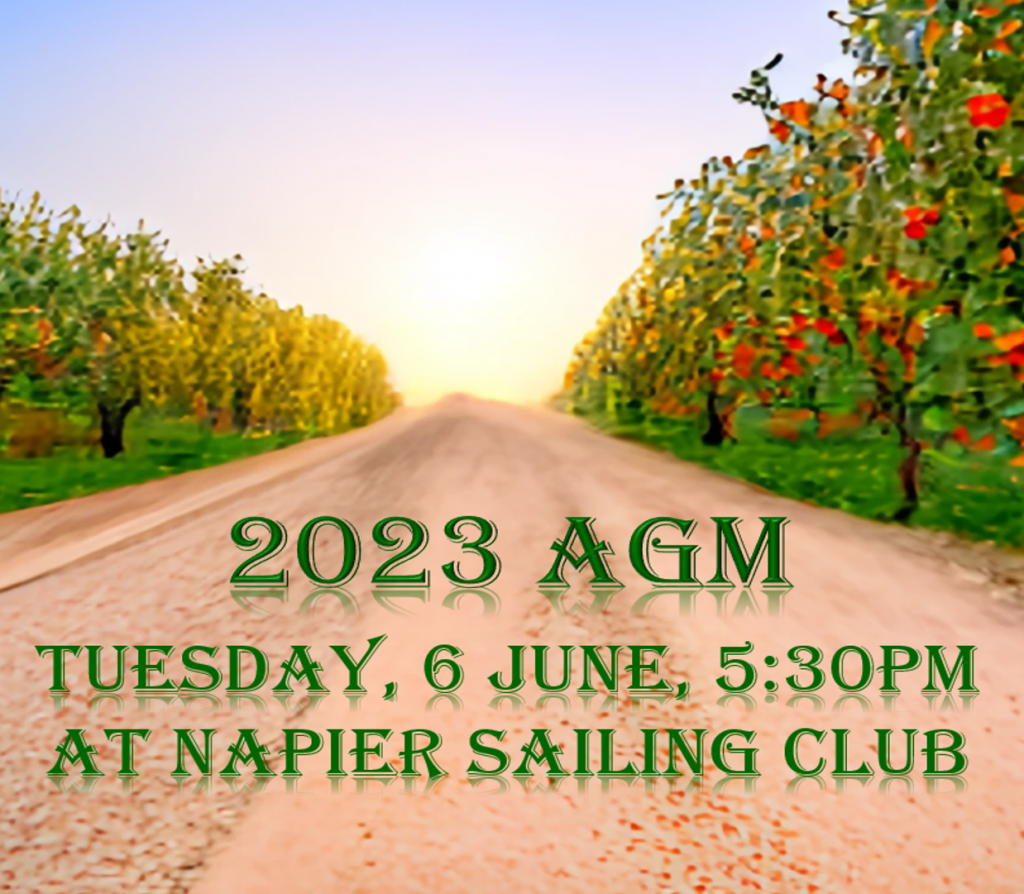
Hawke’s Bay Branch of the Royal Society’s 2023 AGM will be held at 5.30pm on Tuesday 6 June, at Napier Sailing Club (63 West Quay, Ahuriri, Napier)
All members are welcome, and encouraged, to attend. We’ll tell you how the Society is doing, and listen to your ideas for our Society and its programme.
An invitation and Agenda will be sent to all members prior to the meeting.
Dr Kerry Hilligan: Malaghan Institute of Medical Research
Date: 6pm, Tuesday, 6 June, 2023
Venue: Napier Sailing Club (63 West Quay, Ahuriri, Napier)
Admission: Gold coin donation
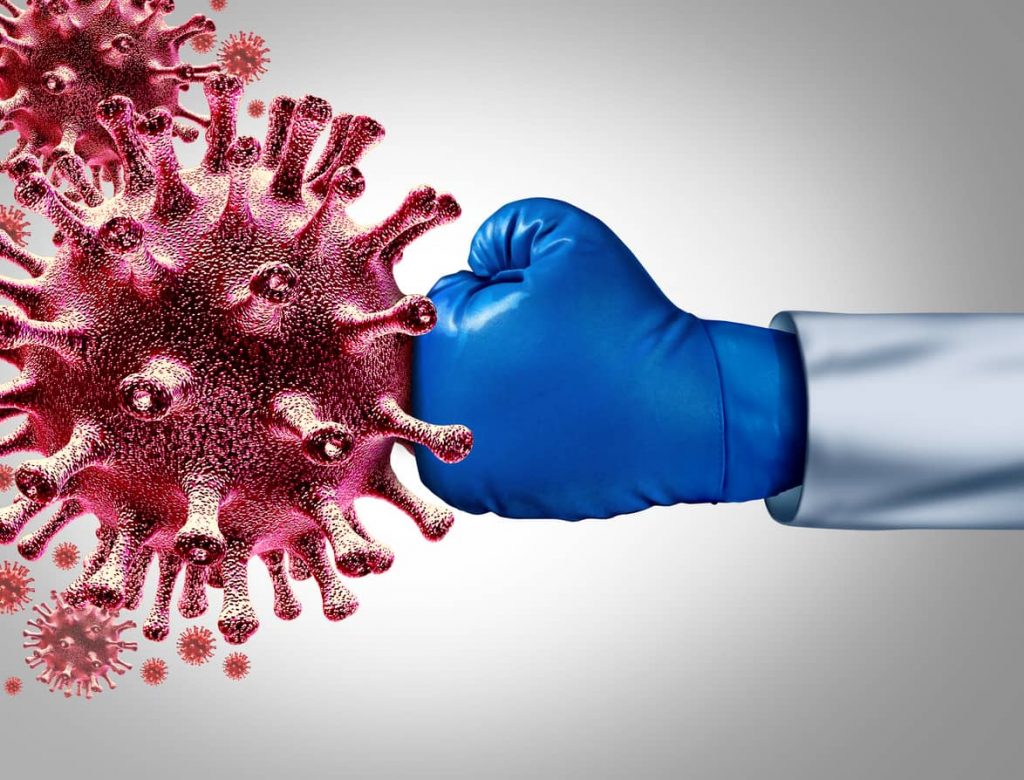
A properly trained immune system protects us against a diverse range of pathogens – including viruses, bacteria and parasites. Early-life exposure to such germs is thought to be essential for the development of a healthy immune system. Most studies exploring this concept have looked at the role of the harmless bacteria that live inside the human gut, skin and lungs. However, there is emerging evidence that early-life exposure to other germs, including disease-causing pathogens, may be critically important for educating the immune system on how best to react to serious infectious diseases.
People living in developed countries, such as Aotearoa, have less exposure to germs due to increasing urbanisation and high standards of hygiene. But reduced early-life exposure to these immune-stimulating germs coincides with an increase in unwanted immune responses that cause allergies and autoimmune disorders, suggesting a possible link between these phenomena.
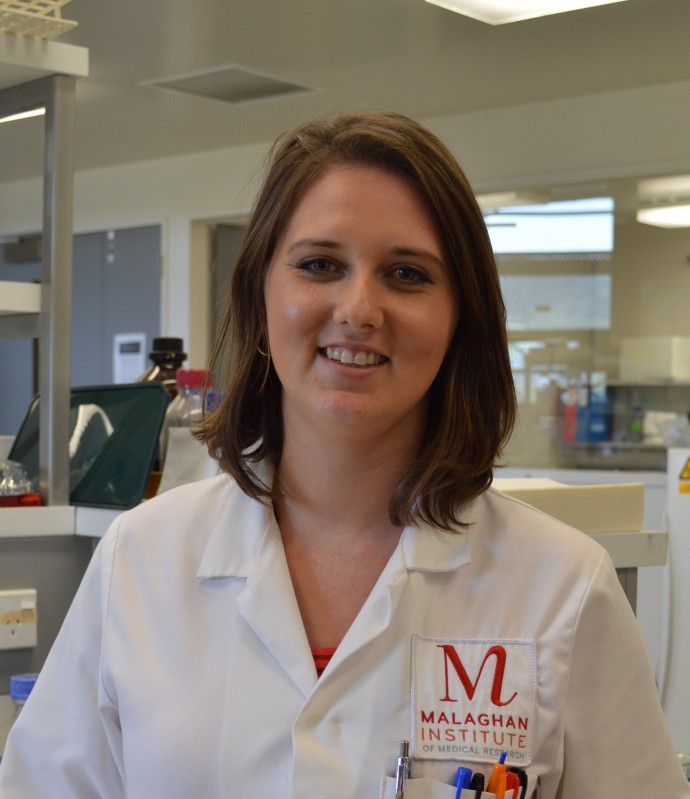
Kerry Hilligan worked at the National Institutes of Allergy and Infectious Diseases (NIAID) in the US for three years before returning to New Zealand and started her work at the Malaghan Institute in September 2022. She was awarded a Rutherford Foundation Postdoctoral Fellowship in 2021. Under the fellowship, Kerry is investigating how early infections or challenges to a developing immune system shape and influence it later in life. She was also recently awarded an HRC Emerging Researcher First Grant for this work. She is visiting Hawke’s Bay to meet Malaghan Institute donors in the region and has kindly offered to give a public lecture about her research.
Rhea McColl: OSPRI New Zealand Limited
Date: 6pm, Thursday, 13 April 2023
Venue: Hawke’s Bay Holt Planetarium – Chambers Street, Te Awa, Napier
Admission: Gold coin donation
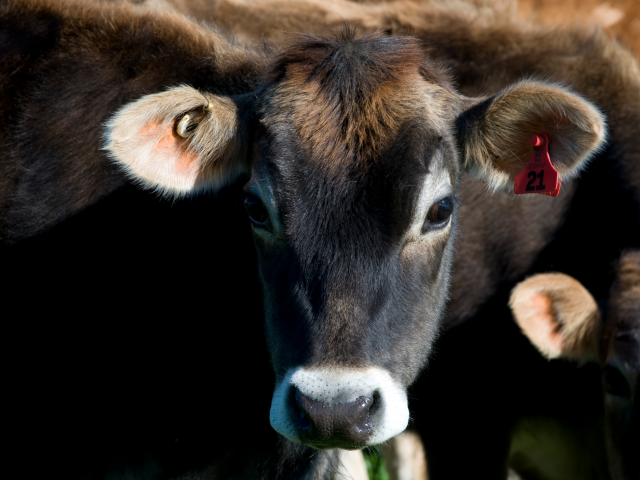
The Hawke’s Bay area northwest of Napier has seen a significant increase in TB infected herds since April 2019. OSPRI (a partnership between primary industries and government) identified TB in possums, deer and farmed cattle in the area, and DNA testing indicates the TB outbreak originated in possums. This lecture will describe the outbreak and how OSPRI has been – and still are – dealing with it.
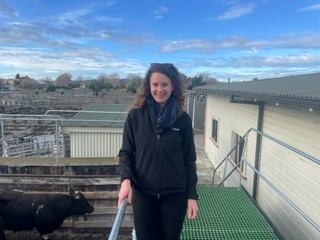
Rhea grew up on a sheep and beef farm in Northern Taranaki, and gained a bachelor of Agriculture Science at Massey University in Palmerston North. During this time, she also worked on a dairy farm in Northland, a sheep and beef farm in Eastern Tararua and in a shearing gang in Taranaki. After the study at Massey, she became a teacher as a vocational training provider, teaching agriculture to students who want to work on farms. Rhea moved to Hawke’s Bay and worked at PGG Wrightson in Hastings for 2 ½ years before she started with OSPRI in June 2021, primarily focusing on education and engaging with OSPRI’s many stakeholders across the East Coast.
Emily Parker: Professor of Chemistry, Victoria University of Wellington, Ferrier Research Institute and Maurice Wilkins Centre for Molecular Biodiscovery
Date: 6pm, Tuesday, 28 March
Venue: Hawke’s Bay Holt Planetarium – Chambers Street, Te Awa, Napier
Admission: Gold coin donation
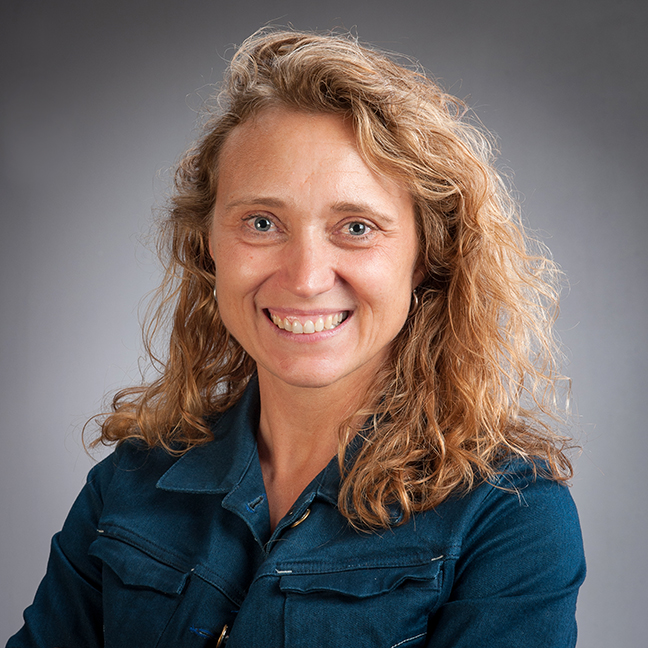
Professor Emily Parker is a Principal Investigator and on the management committee of the Maurice Wilkins Centre for Molecular Biodiscovery which harnesses and links New Zealand’s outstanding expertise in biomedical research to develop cutting-edge drugs and vaccines, tools for early diagnosis and prevention, and new models of disease.
The research group explores the chemistry and biochemistry of enzyme-catalysed reactions, with the broad aim of aiding the development of new treatments for diseases and using the natural biosynthetic machinery for the efficient generation of valuable products.

In this lecture, Emily will introduce her current projects including developing new antibacterial drugs and developing efficient biomanufacturing processes for synthesising complex natural products.
Dr Adrian Gutteridge: an expert shark biologist, Marine Stewardship Council and member of the International Union for Conservation of Nature Shark Group
Date: 6pm, Tuesday 7 March 2023
Venue: The National Aquarium of New Zealand – 546 Marine Parade, Napier
Admission: Gold coin donation
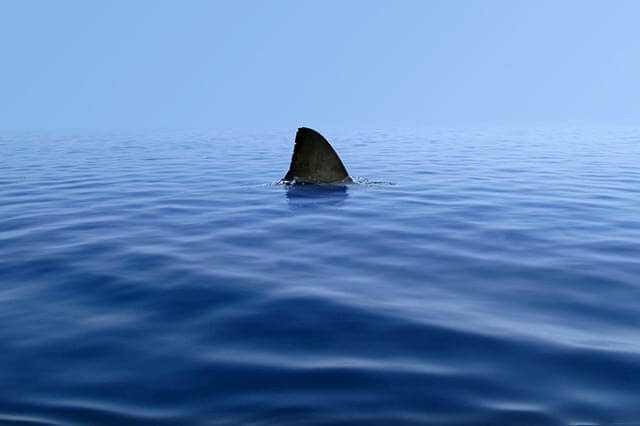
Join us for a lecture that will delve into the fascinating world of sharks. Having been on this planet for around 400 million years, sharks are a pin up of evolutionary success. They inhabit all the oceans of the world, from warm tropical mangroves to cold Arctic seas and include the world’s largest species of fish. In the natural world, their biological and ecological traits make them incredibly successful and their populations play a vital role in maintaining the balance of many marine ecosystems. However, in the face of ever increasing pressures, particularly from overfishing, their populations are under threat. Not all is lost though. Through targeted conservation efforts and seafood consumers making informed choices with their wallet, it is possible that the current global declines can be halted and reversed.
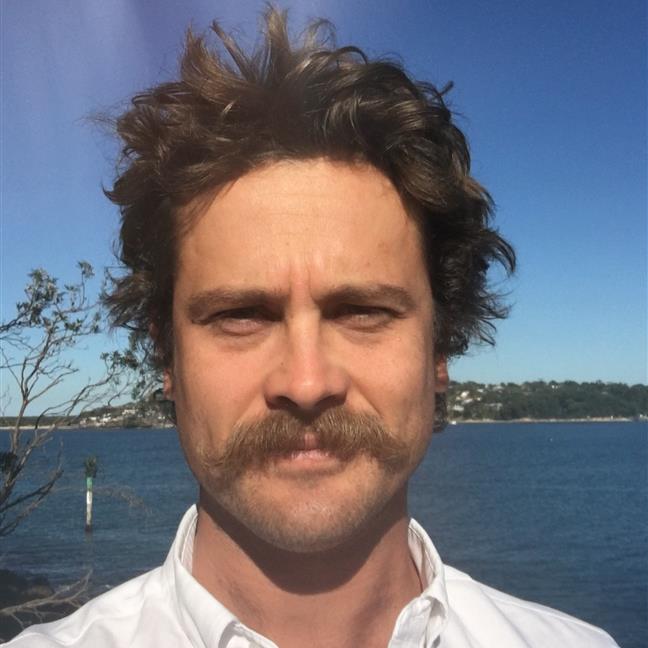
Dr Adrian Gutteridge’s relationship with sharks began when he was a self-professed “frothing little grommit”, terrified of sharks when surfing on the Sunshine Coast in Queensland, Australia. His terror turned to fascination, though, on a uni field trip on the Great Barrier Reef when he was snorkelling and a shark swam by. He was transfixed, absolutely forgot what he was meant to be doing and followed the shark until it swam off into the deep blue… and he’s not stopped since!
Adrian will join us by live video stream from Australia. For more information on Adrian and sharks, please see: https://www.msc.org/en-au/home/meet-the-wild-ones/shark-expert-dr-adrian-gutteridge
Rick Wentz: Geotechnical Engineer
Date: 5.30pm Thursday, 16 February 2023
Venue: The National Aquarium of New Zealand – 546 Marine Parade, Napier
Admission: Gold coin donation
This is the commemorative lecture for 1931 Hawke’s Bay Earthquake, also known as the Napier earthquake, which occurred at 10:47am on 3 February 1931, killing 256, injuring thousands and devastating the Hawke’s Bay region.
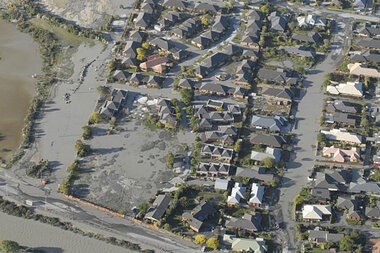
This year Rick Wentz is invited to give a lecture on liquefaction. The focus of this lecture will be to define liquefaction, describe the cause and the conditions under which it typically occurs, and to highlight its potential impacts on the built environment. Also discussed will be some things that individuals and communities can consider doing to reduce the impacts of liquefaction on homes and infrastructure.

Mr Wentz grew up in Northern California and completed his MS in Civil Engineering at the University of California – Berkeley where he got to experience the 1989 magnitude 6.9 Loma Prieta earthquake first hand. He has been a practising geotechnical engineer for 30 years and has worked on a range of projects from residential subdivisions to nuclear power plants in the U.S., South America and New Zealand. He spent several years working in the corporate world before starting his own consultancy in Northern California in 2005. His career focus has been geotechnical earthquake engineering including design, forensic investigation of post-event ground and foundation performance, project / peer review, and applied research. Mr. Wentz came to New Zealand “for 1 year” in 2011 to work in the Christchurch Rebuild and recently celebrated his 10th anniversary of living and working here. Notable NZ projects include serving as an expert on the Government-appointed panel that investigated the performance of the Wellington Statistics House during the 2016 Kaikoura earthquake, and helping to develop the MBIE document Planning and engineering guidance for potentially liquefaction-prone land. When not pondering liquefaction and other geotechnical issues, Mr Wentz enjoys flyfishing, cycling and tramping with the family.
Greg Hart, owner of Mangarara Farm and Eco Lodge
Date: 6PM, Thursday, 26 January, 2023
Venue: Lecture Theatre 1, EIT Taradale, Napier
Admission: Gold coin donation

Regenerative Agriculture (RA) is an ecological model that aims to correct perceived failings in our current systems of agriculture. The RA movement acknowledges that farmers can mitigate or reverse the negative impacts of the way that animals and plants are currently raised and grown for food production but suggests that they can benefit themselves at the same time. RA is touted as a part of the solution to reverse climate change, biodiversity loss and declining water quality, whilst improving the wellbeing of rural and farming communities and the quality of the food produced.
However, there is a lack of clarity about what RA actually is, scepticism about its claimed benefits, and uncertainty whether or not it is relevant to New Zealand farmers and agricultural production.
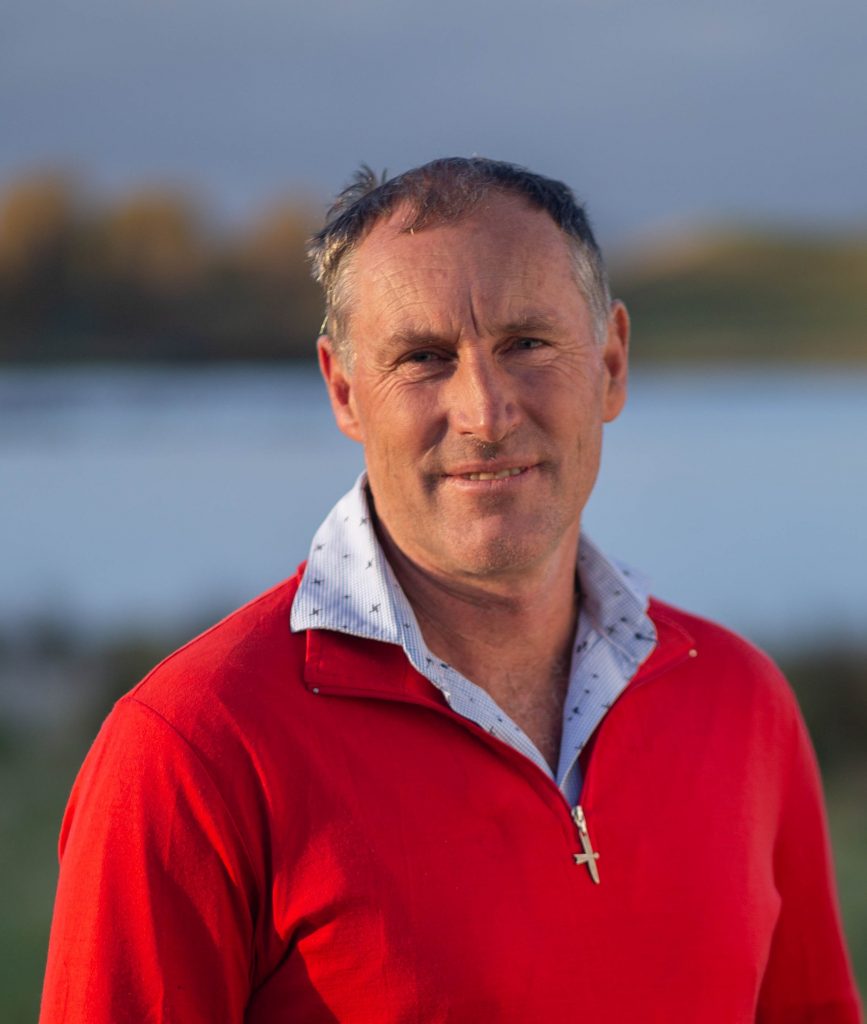
In this lecture, Greg Hart will talk about his practical experience of applying regenerative agriculture at Mangarara, how to provide a stable financial platform for the continued restoration of the ecosystem, and innovating regenerative farming practices.
Greg Hart has made the switch from a traditional sheep station with typically 3,000 ewes to a diverse stock of approximately 1000 ewes, 500-1,500 lambs, 20-40 dairy cows, 60-100 Berkshire pigs, 150 Angus heifers and 100-200 other cattle. Meat is sold both locally and in Auckland. Over 100,000 trees have been planted and the quality of the soil is actively monitored and managed.
At the end of this lecture, you will have an idea about how a diverse and integrated farm can maintain the balance between ecosystem restoration and the production of healthy, nutritious food.
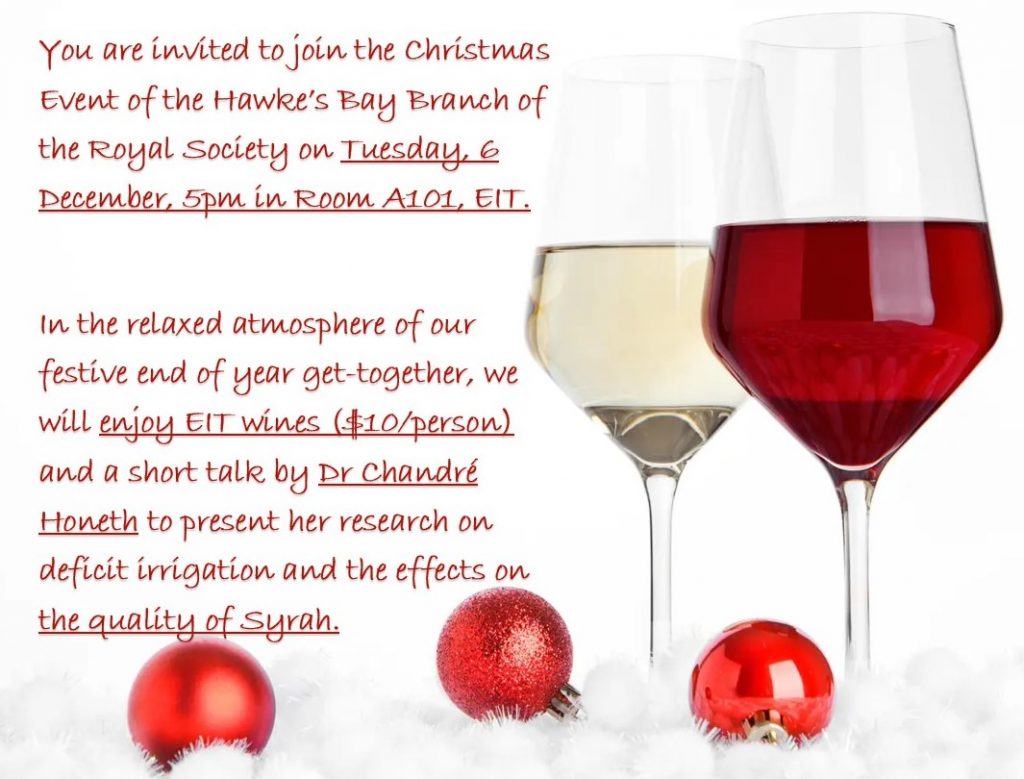
Places are limited to 60 people. To secure your place, please email: secretary@hawkesbay.rsnzbranch.org.nz, to which we will respond with a confirmation giving payment details
Deficit irrigation as a way to modulate Syrah quality parameters: Does less water make better wine?
Dr Chandré Honeth: Viticulture and Wine Science Lecturer
Date: 6:15pm, Tuesday, 6 December
Venue: A101, Eastern Institute of Technology, Taradale
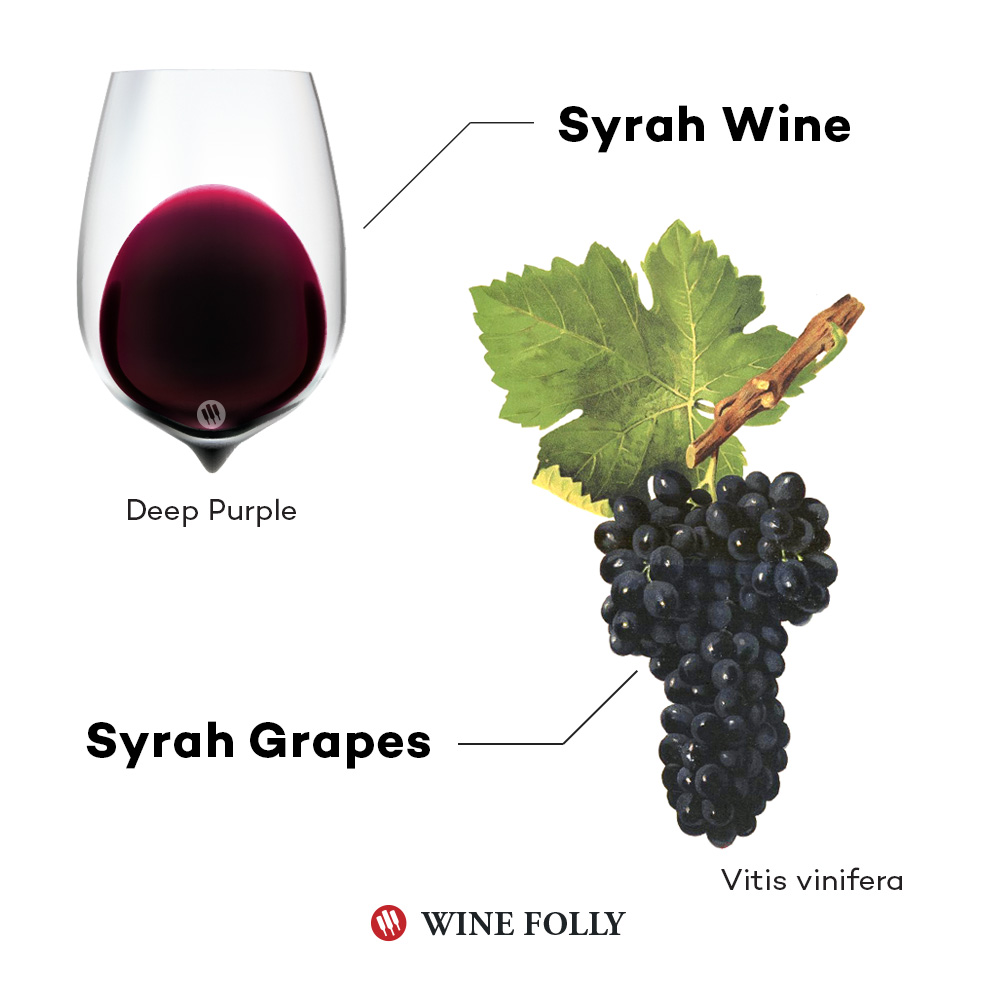
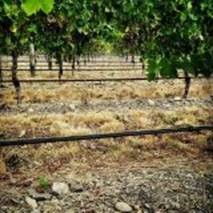
Syrah is of specific economic interest to the Hawke‘s Bay wine industry. However, investigation into the production of Syrah has highlighted specific problems faced by producers in terms of ripening and quality. Imposing water stress during berry ripening has become a routine strategy for the modulation of grape berry composition and wine characteristics but responses of Syrah to deficit irrigation have been variable. Syrah is anisohydric in nature and therefore typically keeps its stomata open during soil drying, thus maintaining its growth and photosynthetic rate even in deteriorating conditions. This makes deficit irrigation management more challenging as a fine line exists between moderate stress which elicits positive fruit attributes and severe stress which leads to defoliation and a reduction in photosynthesis.
To have a better understanding of how Syrah vines respond to soil drying, and how best to schedule irrigation for optimising quality would benefit all growers in the Hawke’s Bay region in terms of both conserving increasingly scarce water resources and improving fruit quality for winemaking. Two Syrah vineyards, one in the Gimblett Gravels and one in the Bridge Pa Triangle sub-region were selected and monitored during the 2020 and 2021 season.
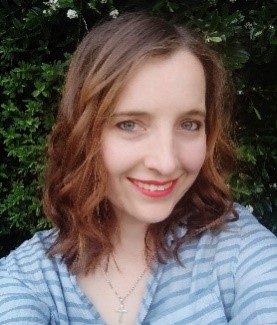
Dr Honeth will talk about the results from this trial and also give further insights into using deficit irrigation as a tool for improving quality parameters in Syrah in Hawkes Bay. She received her PhD from the University of Stellenbosch (South Africa) where she investigated the influence of UVB radiation on berry metabolites in Sauvignon Blanc grapes, and she is currently a lecturer and researcher in Viticulture at the New Zealand Institute of Skills and Technology.